
Colossus and other vintage computers from The National Museum of
The Mark 1 began operation on February 5, 1944. The Mark 2 unit replaced it in June of 1944, just in time for D-Day invasion. One of the early deciphered messages allowed the Allies to know that Hitler had swallowed the bait for a false landing at Calais on D-Day, giving the Allies a decisive advantage.
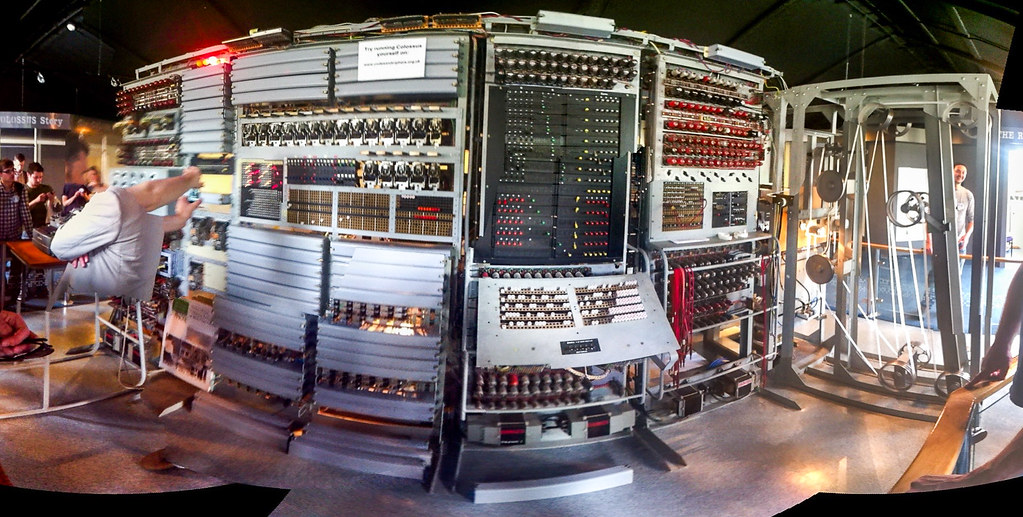
Colossus! Matt Biddulph
The Colossus Gallery houses the rebuild of Colossus and tells that remarkable story. Colossus reduced the time to work out the Lorenz chi-wheel settings and enabled more messages to be deciphered and the whole code-breaking operation to be accelerated.
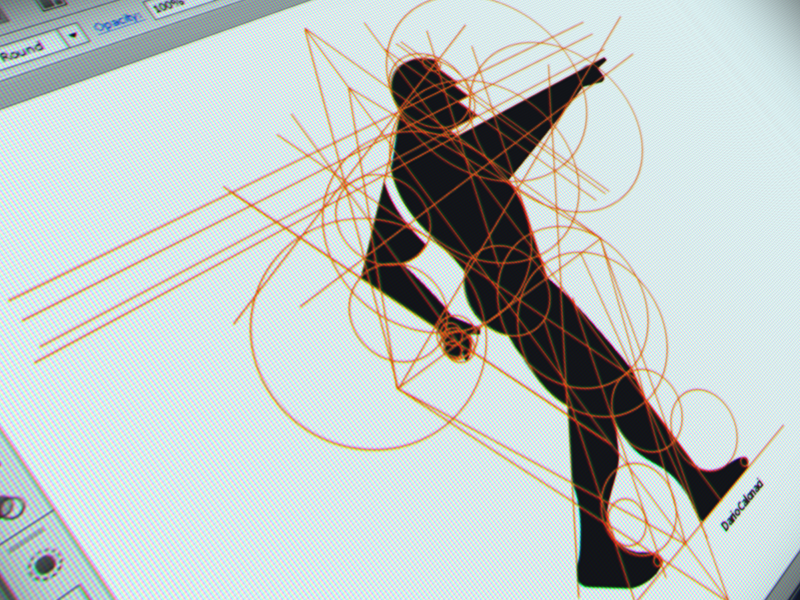
Colossus mark by Dario Calonaci on Dribbble
Colossus Mark 1 30-second survey Report a copyright violation Submit an image you own 1943 Hardware Description Colossus was the world's first electronic, digital, fixed-program, single-purpose computer with variable coefficients.

Colossus
The Colossus was built before ENIAC, but due to the highly classified nature of the work that went on at Bletchley Park, the plans were destroyed and those who had worked on it were sworn to secrecy. However, Colossus was an electronic computer. It meets this qualification, because its fundamental building blocks for logic were thermionic.
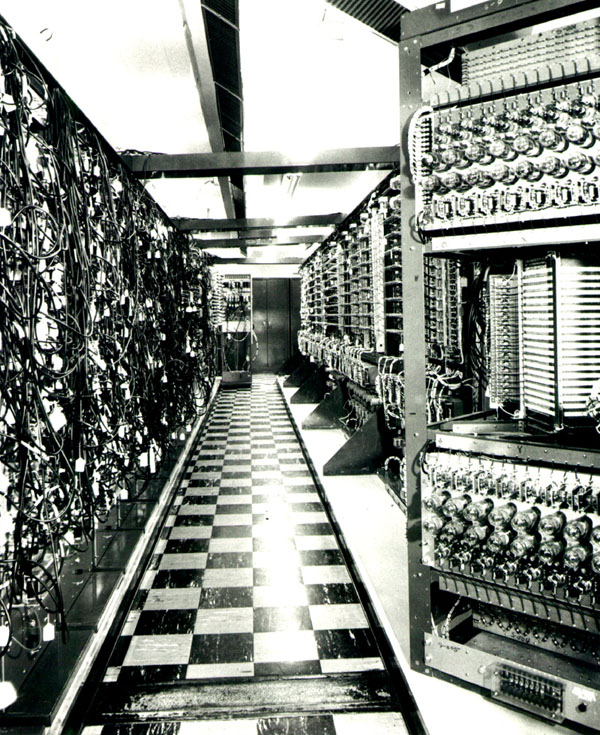
'tema variado' Colossus Mark 1 e Colossus Mark 2.
The prototype, Colossus Mark 1, was shown to be working in December 1943 and was in use at Bletchley Park by early 1944. [1] An improved Colossus Mark 2 that used shift registers to quintuple the processing speed, first worked on 1 June 1944, just in time for the Normandy landings on D-Day. [6]
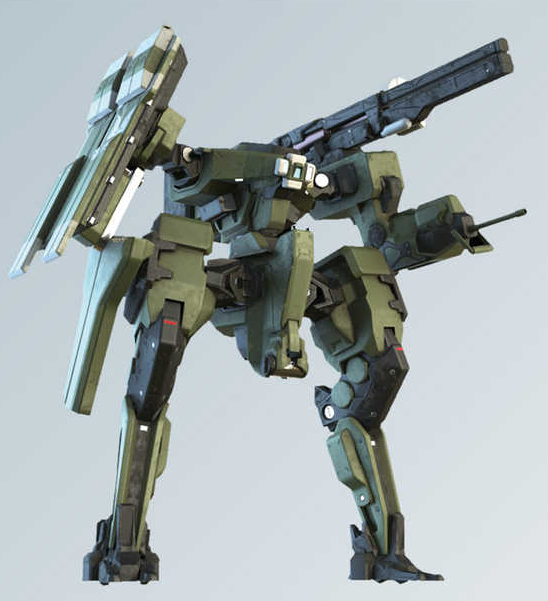
HRUNTING/YGGDRASIL Mark II (J) Colossus Vehicle Halopedia, the Halo
"The prototype, Colossus Mark 1, was shown to be working in December 1943 and was in use at Bletchley Park by early 1944" Karmudjun March 1, 2021 08:27 AM. Nice article David.

Colossus
Manchester mark I 4.1 Introduction This chapter considers some of the early computers developed in the United States, Britain, and Germany. The Second World War motivated researchers to investigate faster ways to perform calculation to solve practical problems.
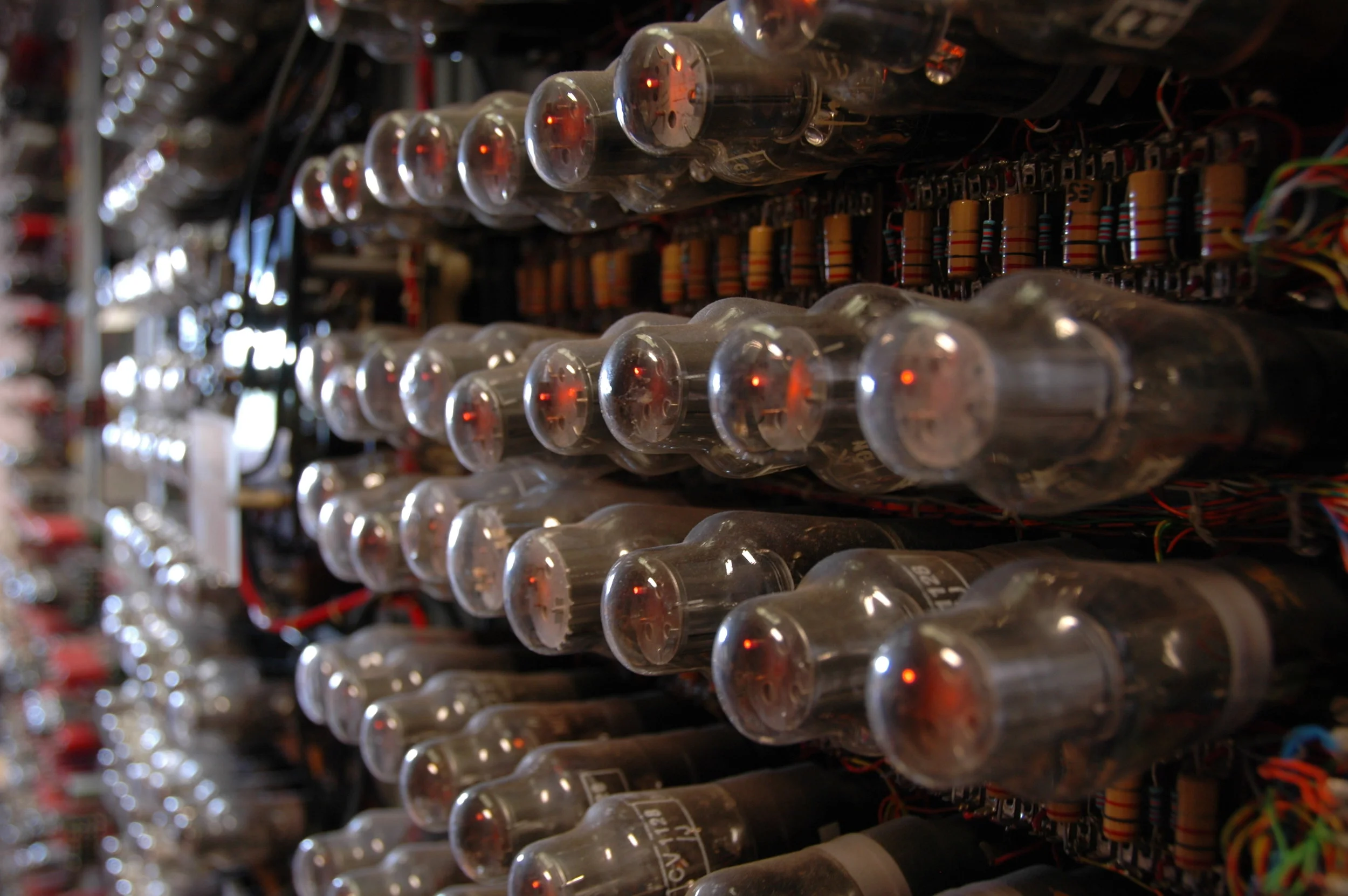.jpg)
Colossus — The National Museum of Computing
1 - 15 of 24 professionals. G Design s.r.l. Realizzazione di coperture in tessuto, tensostrutture, vele retrattili, strutture speciali. Each of these things can be very telling: A late bid may reflect timing standards, and an off-the-mark bid could be code for a pricey premium or a deliberate underbid to score the remodeling job. You.

Colossus
Operational from February 1944, the Colossus Mark 1 was the world's first code-breaking computer. Designed by engineer Tommy Flowers (UK), the computer was based at Bletchley Park in Buckinghamshire, England.

The Newmanry The Bill Tutte Memorial Fund
The Colossus Mark 1 was moved to Bletchley Park in January 1944 and put to work. In the meantime, Flowers had already started the design of Colossus Mark 2, a computer that would contain no less than 2400 valves. More importantly it was built in less than five months!

COLOSSUS THE WORLDS FIRST ELECTRONIC COMPUTER NATIONAL MUSEUM OF
Computing has come a long way in the 75 years since Colossus - the world's first electronic digital computer - became operational on 1 December 1943.
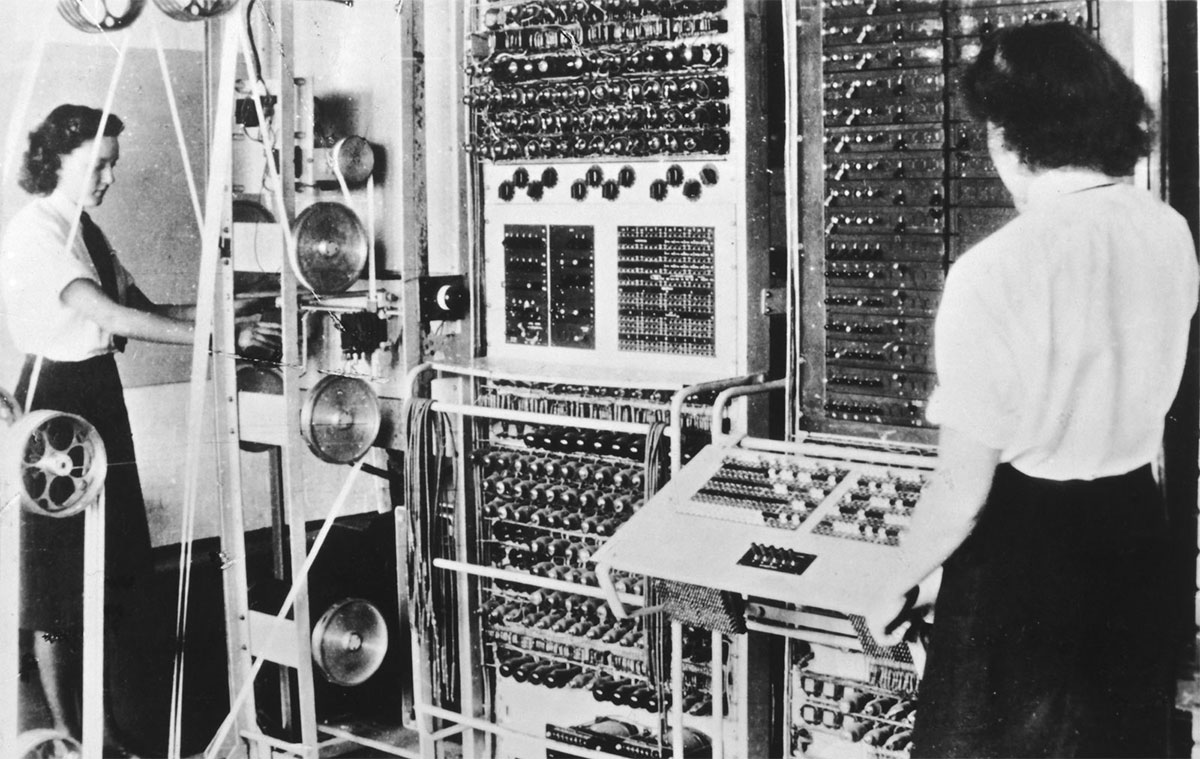
Colossus SOS PC 24/24
Historic Colossus computer marks 70th anniversary. By David Szondy. February 07, 2014. Colossus was the world's first programmable digital electronic computer and gave the Allies an advantage over.
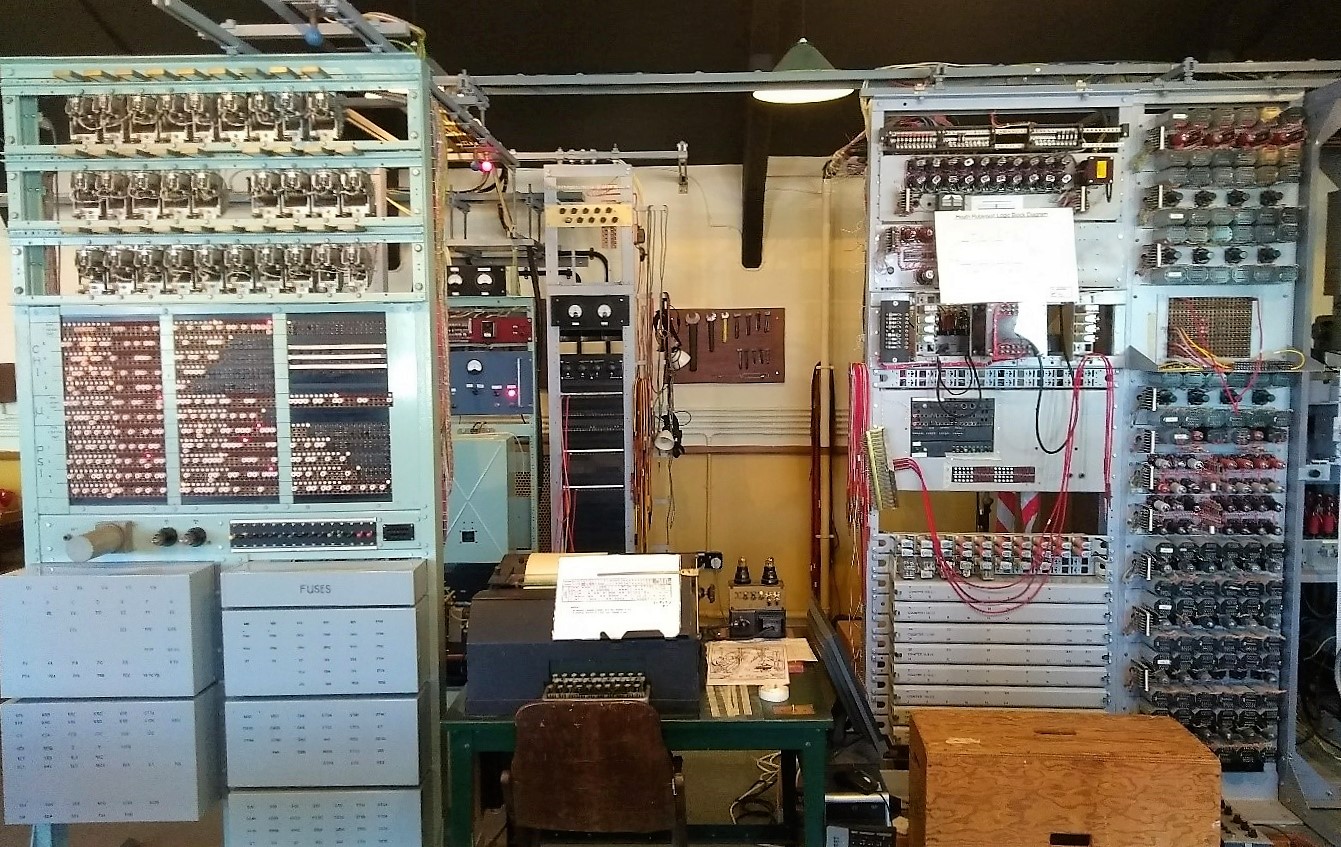
💌 Colossus mark 1. Colossus Mark 2. 20221102
Computers in 1946. By the beginning of 1946 two major purely electronic digital computers had been built, the ENIAC in the U.S.A. and the Colossus in the U.K. In addition there were a number of electro-mechanical machines in existence, notably the "Harvard Mark I", built at Harvard University under Howard H. Aiken , completed in 1943.

"Colossus Mark 2 the world's first programmable, digital, … Flickr
The first machine, Mark 1, worked in December 1943 and solved its first problem in February 1944. [5] Colossus Mark 2 was even better. It first worked on 1 June 1944, just before the Normandy Landings on D-Day. Ten Colossus computers were in use at the end of the war. British codebreakers called the teleprinter messages "Fish".
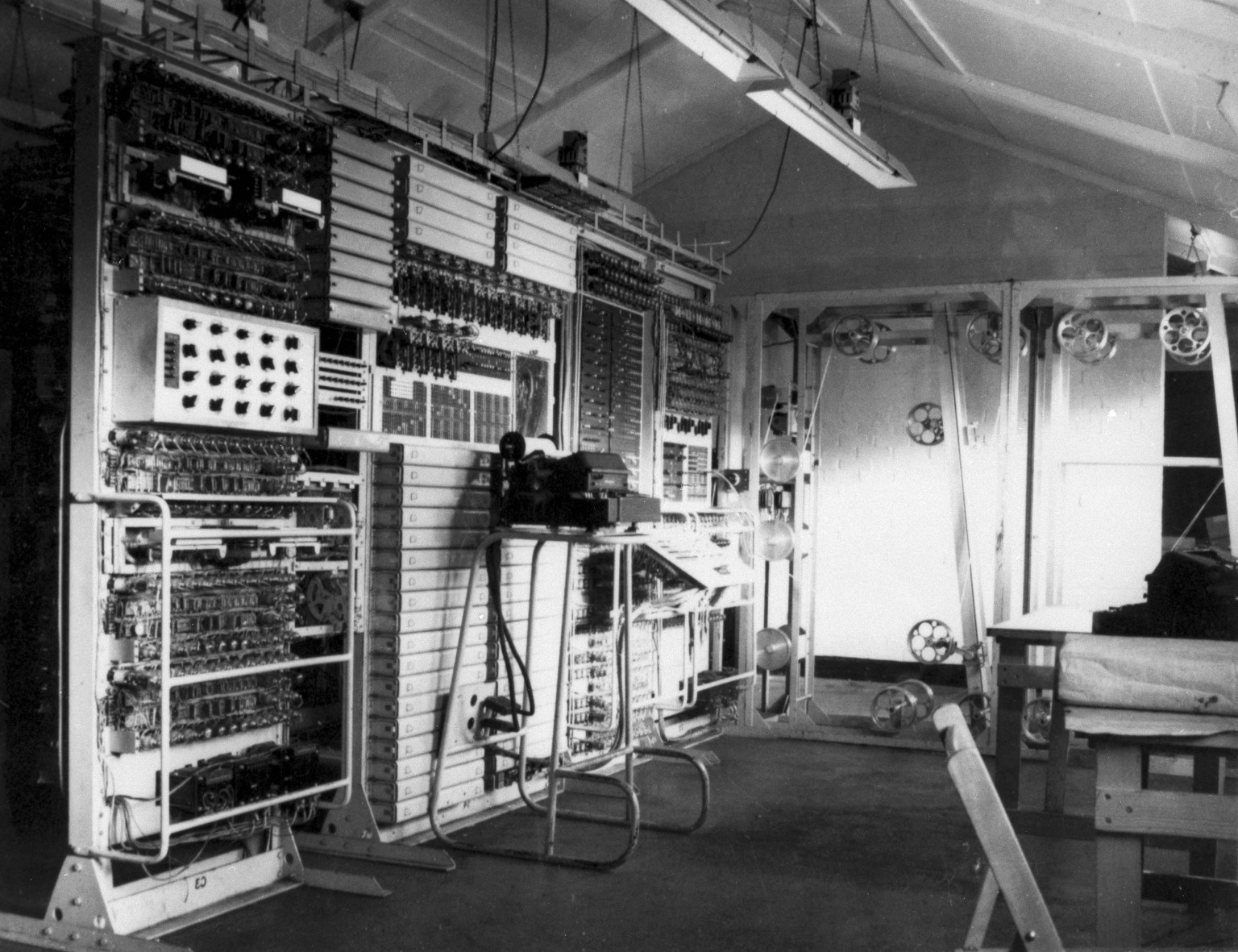
Why Alan Turing's Pardon Matters HuffPost UK
Colossus Mark 1 On 6th June 1996 (the anniversary of D Day) HRH The Duke of Kent came back (to Bletchley)and formally switched on Colossus in the presence of its designer Tommy Flowers. Photo: Colossus Rebuild Mark 1 © LSA Oct 1999. | EXIT | Colossus Mark 1| Introduction | Overview

Colossus Mark II YouTube
The Colossus Mark I was quickly outdated by the Colossus II, the first of which was finished by June, 1944. Nine Mark IIs were built, and the original machine was upgraded to become the tenth machine, each one occupying a large room. The Colossus II used around 2500 values and read the tape five times as fast as its predecessor.